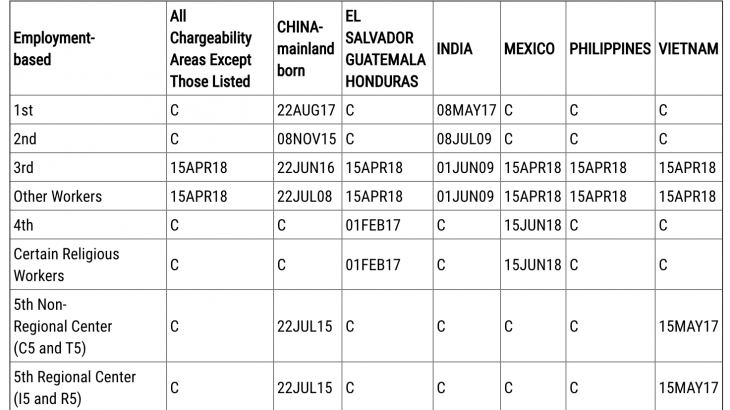Sukanya is an Associate in our Mumbai India office. She works with our Indian clients on EB-5, L1 and E2 visas coupled with Grenada citizenship.
China is considered the world’s manufacturing hub. However, there are reports that we might see a change in that soon. The coronavirus pandemic has made companies from across the world to move their production units out of China.
Even before the pandemic, the U.S. – China trade war had triggered many U.S. based companies to move their production units out of China. The coronavirus pandemic, therefore, is accelerating the in-flight shift.
In this situation, it is China’s neighbors who could potentially benefit from this. Countries like India, Japan, Bangladesh, Vietnam among others are favorable alternatives, given their geographical location, large pool of skilled manpower, low cost labor, tax policies etc.
United States – China has remained America’s largest supply chain trading partner for almost three decades. After the trade war last year Trump administration had ordered the U.S. companies to immediately start looking for an alternative to China and build more products in the U.S. Now during coronavirus outbreak Larry Kudlow – White House National Economic Council Director – states that U.S. would pay the moving costs to every American company who wishes to leave China.
Bangladesh – Companies are keen on setting up their manufacturing units in Bangladesh as it is world’s second largest readymade garment exporter after China. It is the hub of garment manufacturing industry. It is an attractive option for the companies due to the vast availability of cheap labor, and has duty free access to over 52 countries including the U.S., the European countries, Australia, New Zealand, Russia, etc. Major global brands have their manufacturing units because of the advancement in technology and excellent quality products.
Vietnam – In the U.S. – China trade war, Vietnam has emerged as the biggest winner. For a number of reasons, Vietnam could be the next best option for many production units. Especially due to its proximity to China followed by low cost of labor. Its political stability and infrastructure is an added advantage for manufactures.
Thailand – It is well-positioned as an automobile manufacturing hub, as well as a leader in smart phones parts, electronic and computer components, and agricultural products to name a few. It offers an attractive business environment with stable economy for the investors.
India – While China loses business, India could be in the top list of major manufacturing companies. The introduction of ‘Make in India’ movement by the current government has been seen as a move to give it global recognition.
After the trade war about 200 American companies are looking to move their manufacturing units to India. The World Bank president Jim Yong Kim is of the opinion that those manufactures leaving China could end up moving to India and that may lead India to become a global manufacturing hub.
Tokyo Shoko Research had conducted a survey to find how many companies are looking to shift their production unit out of China. 2,600 companies had participated of which around 962 companies (37%) are willing to shift the production unit.
Tech giants like Google and Microsoft have planned to shift its production units to Vietnam, Thailand and India for manufacturing and producing smart phones, desktops computer, notebook and other devices. This shift is not only seen in the U.S. companies but also amongst European, Japanese and even Chinese companies.




























